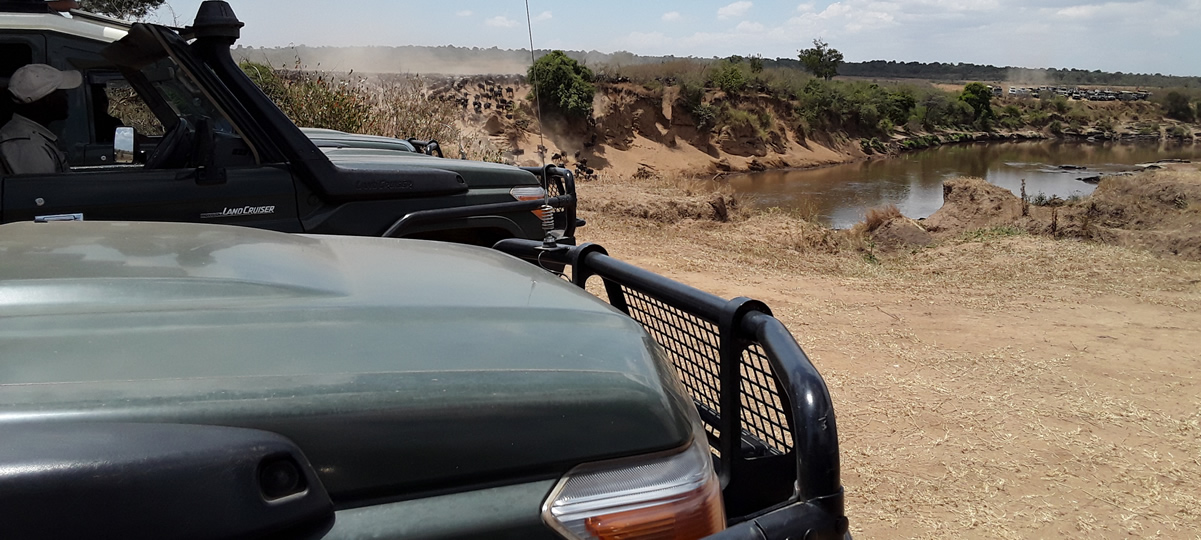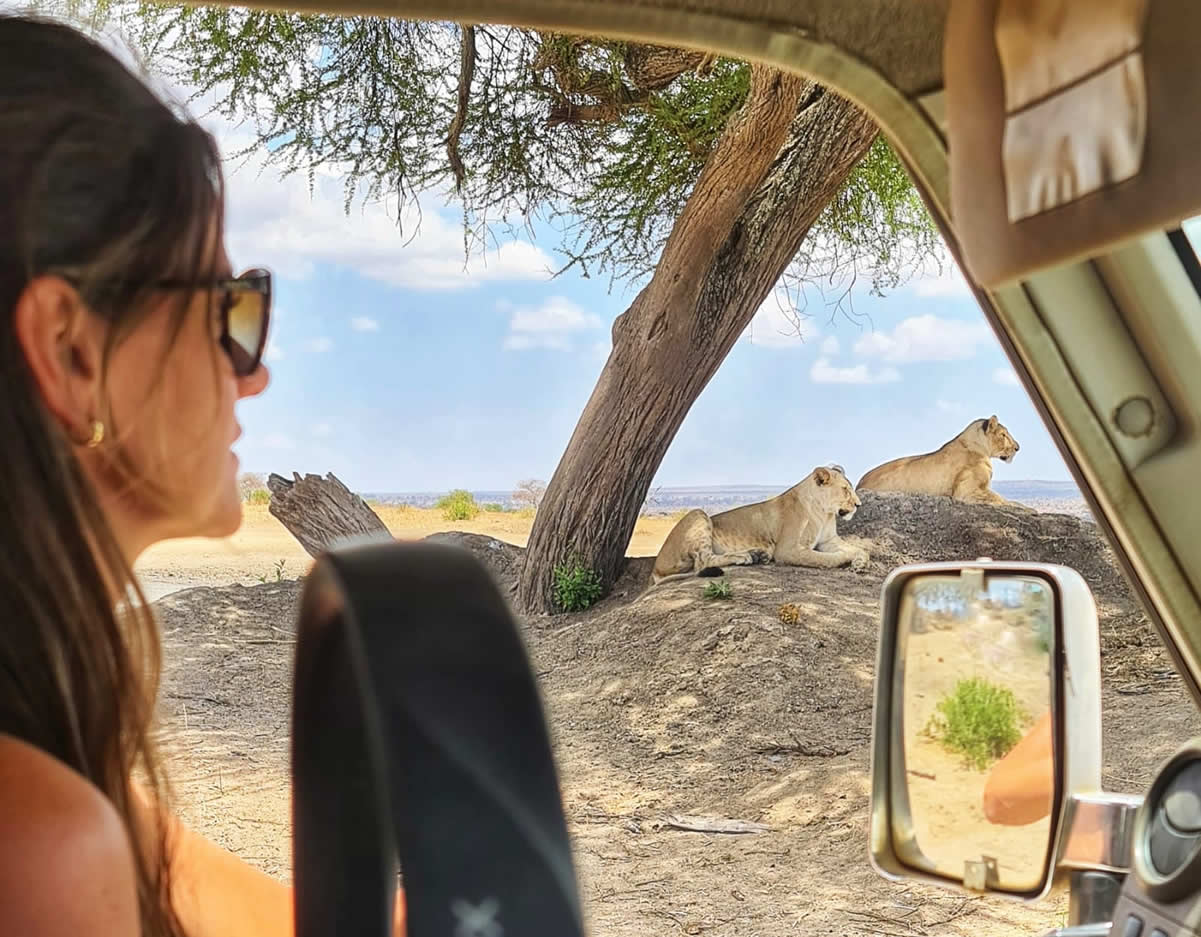Tsavo East National Park – Lion Watching Experiences
Tsavo East National Park is one of the oldest and largest parks in Kenya at 13,747 square kilometers located in a semi-arid area previously known as the Taru Desert it opened in April 1948 with the nearest town being Voi in the Taita-Taveta County of the former Coast Province.
The park is divided into Tsavo East and Tsavo west sections by the A109 road and a railway. Named for the Tsavo River, which flows west to east through the national park, it borders the Chyulu Hills National Park and the Mkomazi Game Reserve in Tanzania.
Tsavo East and west are not known to be experiencing the massive tourism like the case in Masai Mara National Park, Amboseli & Nakuru national parks. Self-drive travelers that wish to experience the freedom of adventure think of adding these parks on your travel bucket list.
The Major Attractions in Tsavo East national Park
- Mudanda Rock, Viewpoint from the top of Mudanda Rock
The Mudanda Rock is a 1.6 km inselberg of stratified rock that acts as a water catchment that supplies a natural dam below. It offers an excellent vantage point for the hundreds of elephants and other wildlife that come to drink during the dry season. - Yatta Plateau
The Yatta Plateau, the world’s longest lava flow, runs along the western boundary of the park above the Athi River. Its 290 km length was formed by lava from Ol Doinyo Sabuk Mountain.[4] - Lugard Falls,
Lugard Falls, named after Frederick Lugard, is a series of white water rapids on the Galana River. - Aruba Dam
Aruba Dam was built in 1952 across the Voi River. The reservoir created by the dam attracts many animals and water birds
Wildlife in Tsavo East National Park
Tsavo East National Park is one of the world’s largest game reserves, providing undeveloped wilderness homes to vast numbers of animals. Famous are the Tsavo lions that are known to have fed on human flesh during the construction of the East African Railway during the colonial times.
population whose adult males often lack manes entirely. In total there are about 675 lions in the Amboseli–Tsavo ecosystem.
These wildlife animals include the aardwolf, yellow baboon, bat, Cape buffalo, bushbaby, bushbuck, caracal, African wildcat, cheetah, civet, dik-dik, African hunting dog, African dormouse, blue duiker, bush duiker, red duiker, eland, African bush elephant, bat-eared fox, greater galago, gazelle, large-spotted genet
Available Fleets for Rental to Masai Mara Safari
Get the best deals on how to book car rental on self drive or with driver to Masai Mara National Park at the most affordable price from Self Drive Kenya.







 Get the latest Land cruiser Hardtop 78 series with Double roof top tent for
Get the latest Land cruiser Hardtop 78 series with Double roof top tent for  Book landcruiser v8 with Rooftop tent for great adventure and explore
Book landcruiser v8 with Rooftop tent for great adventure and explore  Book Toyota land cruiser hardtop without pop up roof to enjoy project adventures in road construction, humanitarian with combined wildlife adventure to
Book Toyota land cruiser hardtop without pop up roof to enjoy project adventures in road construction, humanitarian with combined wildlife adventure to 
